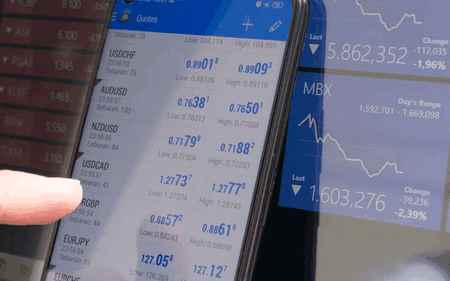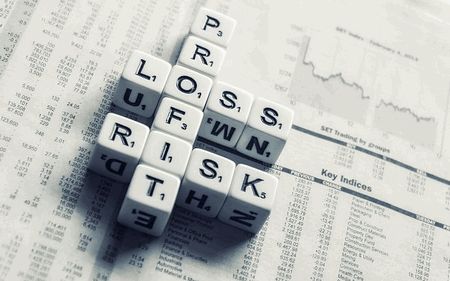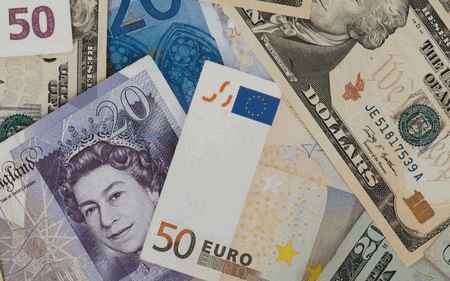An active market - what it is and how to take advantage of it.

Since supply and demand can interact unconventionally, the activity of the market is cyclical and can have periods of ups and downs. Qualitative measures of the market given by analysts are expressed in the following definitions: active market and inactive market. An active market is thought to be a market of sellers because they can dictate higher prices. An inactive market is thought to be better for buyers as they have the advantage caused by falling demand. However analysts sometimes avoid simple straightforward language in practice.
Active market is a fairly abstract and broad term meaning a market with particularly large and fast-paced trading volumes. This type of market has several distinctive characteristics which lead to not only broad financial opportunities for investors but also entail some degree of additional risks. Financial managers from companies-investors prefer this exact type of market because generally, operations with large bulks of stocks have less influence on price fluctuations in case the trading situation is overall active. It also appeals to major institutional investors since the operations on bigger volumes are significantly more risky. An active market is the one where sellers and buyers are constantly present, you can tell that a significant number of transactions occur daily and buyers willing to make a deal are independent from each other. In order to conclude if it is indeed active, you need to take these factors into consideration: narrow range for bid/ask prices trading volume, liquidity and level of activity. Going further into specifics, an active market must meet the following criteria:
- transaction items in the market are homogeneous;
- interested buyers and sellers are able to find each other at any time;
- transactions are real and take place on a regular basis (at least once in 60 days);
information on the market price is publicly available, meaning it can be disclosed in compliance with international securities market legislation, or access to it does not require anyone to have special rights, or it is can be easily obtained at the exchange, from a broker, a dealer or a news agency.
Generally, an active market is quite liquid. This means that selling or buying assets without experiencing significant loss of value is relatively simple. Most large investors prefer the liquid market because it is much easier and quicker to sell off existing assets, if, for example, customers required to convert their investment into cash. Any sudden sale of a significant amount of assets may well lead to a very sharp change in prices in a market that is not liquid enough, which consequently poses severe limitations and even makes assets selling unprofitable at any particular time. Similarly, any attempt to acquire assets in such a non-liquid market can also lead to a significant increase in prices, which in turn can lead to even greater expenses than the investor expected initially.
Another well-known feature of an active market is a lower spread, which is the difference between the quoted price of a certain category of shares, product or other product. A spread can be a result of when the asset buyer consciously accepts risks that they may not be able to sell it exactly at the necessary time. The more active the market is, the higher the probability that there will be a buyer it creates. In other words, a spread is the price that must be paid to a market participant who wants to sell or buy shares in order for the transaction to be executed immediately.

Provided there is an active market of a certain type of securities, fair value is determined according to the securities If the market activity changes during the year, the Bank applies particular procedures to switch from active market methods to other methods. At occurrence of an active market appears these securities are re-measured. Determining whether the securities market is active or not requires professional judgment. An inactive market is a market where operations are conducted on an irregular basis, i.e. a significant change in comparison with the period when the market was considered active, a decrease in the volume and level of activity in securities transactions, an increase in the difference between the price of supply and demand, a change in prices in a short period of time and the lack of information about current prices. The Bank establishes the following criteria that are meant for evaluating the market as inactive and require checking of securities for depreciation:
- the absence of trading for more than 60 days;
- the minimum volume of transactions is less than 0.1% of the total volume of the issue;
- price changes for the last 30 days in the downward direction by more than 10%;
- the absence of an officially disclosed average weighted price of a security more than one month (it may indicate the termination of operations with securities in the market).

When there is no active market for an asset item, it needs to be evaluated by analysts based on the most varied valuation models - subjectivity in the process reaches its highest level. If there is not an active market, the following system of evaluation is used:
- quoted prices for comparable assets in active markets;
- quoted prices for for the same assets in markets that are inactive;
- initial data, with the exception of quoted prices, which are observable for the asset:
- interest rates and yield curves observable with the usual quoted intervals;
- implied volatility;
- credit spreads;
- market-confirmed baseline data.
The statistics show significant fluctuations in the market indicators. Different approaches and means can be applied to measure and evaluate the dynamic characteristics of the main indicators of activity in the market. And they show that the dynamics of indicators of activity in the market does not follow a single model of behavior. Such differences in the dynamics of indicators happen for the following reasons:
- Changes in some indicators of activity in the market follow the path of consistent trends, other indicators follow certain cycles and some of them have obvious shifts in time. In other words, the nature of it, the economic and social basis of various indicators of activity are different;
- Market participants may be interested in responding to the dynamics of key indicators and changing their behavior. For example, it may be particular targeted management decisions.
At this point, active markets in certain industries are only beginning to form and some are difficult to find at all. It requires a competent antimonopoly policy on the part of the state, control of active market participants and fair competition. Also, the territorial distribution of produce plays an important role in limiting zones where active markets can function. If there is an active market for a particular asset or products in their current state and location, then the price established for such a market is the appropriate basis for determining the fair value of this asset. In this case, if an enterprise has access to several active markets, it is necessary to use the price from the most appropriate one in the context of the enterprise. For example, if an enterprise has access to two active markets, it is logical to use the price of the one where it intends to enter into transactions.
You can also familiarize yourself with fraudulent brokers.





Post a Comment